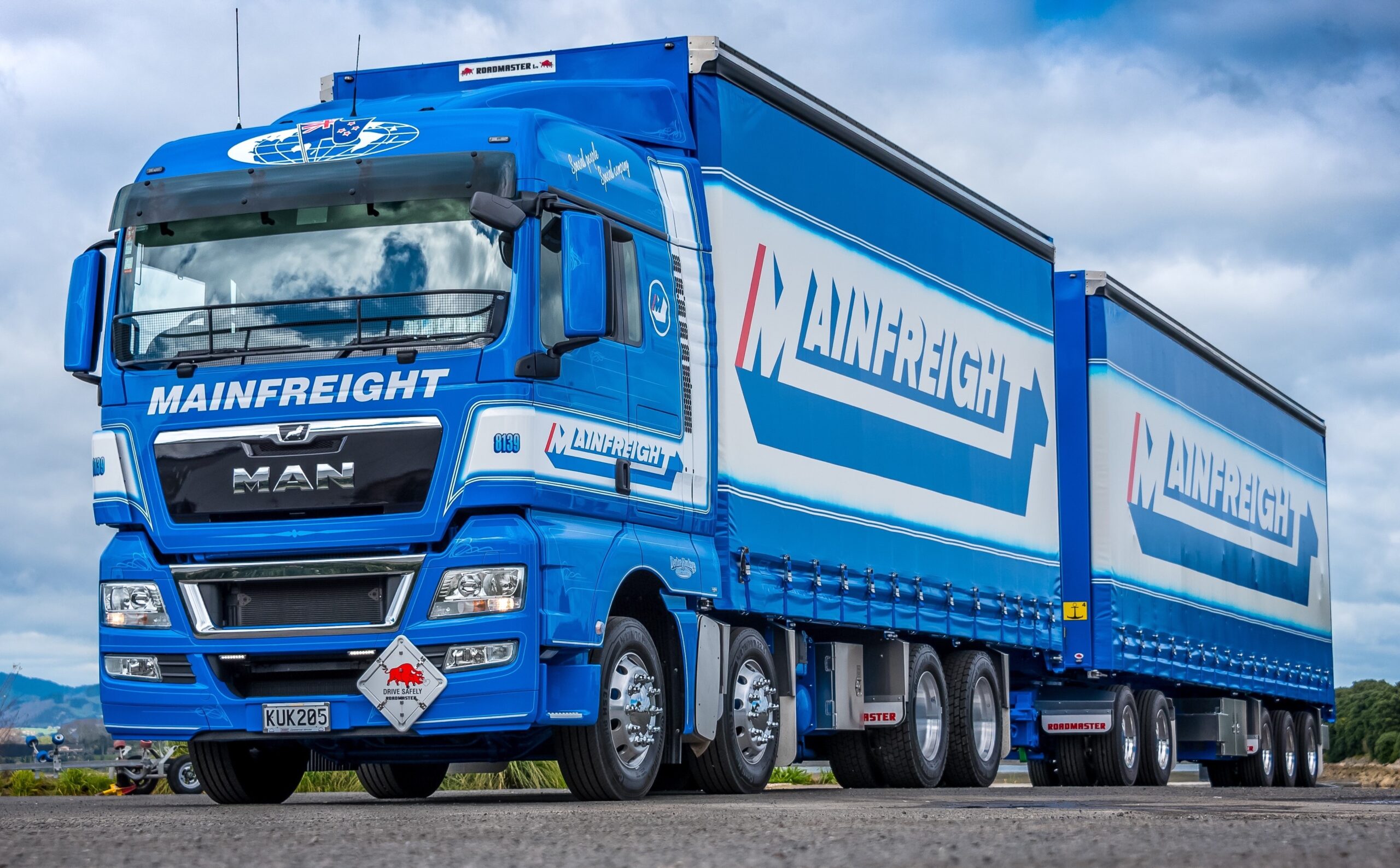Kiwi businesses now have the ability to track valuable assets with Spark’s new Internet of Things (IoT) Asset Tracking service. The service is already providing New Zealand’s largest freight and logistics company, Mainfreight, with crucial real-time data of their segregation bins used to transport hazardous goods.
Born out of the Spark’s digital services tribe, the service has been brought to market using Agile way of working. It is Spark’s first end-to-end IoT service that will bring together company’s extensive IoT networks, a selection of cost-effective IoT devices, paired with digital monitoring dashboards and a support service provided by Spark’s day time help desk.
Spark’s Digital Services Lead, Michael Stribling, says Asset Tracking is consistently ranked as a top use case for IoT across consumer, business and industrial markets.
“Industry forecasts indicate the number of devices using tracking location will grow by 40% in the next two years. However mainstream adoption has been slow due to high cost, the complexity of deployment, technology limitations and the small number of technology providers offering scaled IoT solutions.[i]
“Our move into providing an end-to-end IoT Asset Tracking service means we’re providing businesses with key digital services that will allow them the best chance to innovate and succeed in a digital world.
“Spark’s scale and expertise in the IoT industry and our newly launched nationwide networks means we’ve been able to launch a product that is competitively priced, and we can provide proven guidance to businesses on how to deploy and adopt IoT that fits their needs.”
Mainfreight is one of the 14% of New Zealand businesses who have deployed an IoT solution. Their early adoption has helped rank New Zealand as the fourth most IoT ready country against countries in the G20, despite having a relatively small GDP and population[ii].
Chemcouriers, a subsidiary of Mainfreight, is already reaping the benefits of digitally monitoring workflow and asset utilisation.
Mainfreight’s CIO Kevin Drinkwater says: “We have over 400 segregation bins that each cost in excess of $4000 that would previously go missing or be misplaced, and on top of that we need to abide by the stringent policies we’ve put in place to ensure our people and the public are safe when we transport hazardous goods.
“Before IoT, locating these assets was very much a manual process with the team undertaking stock takes around our depots, counting bins and sending reports back to the office. By the time this happened the data was already out of date.
“Now, we see GPS locations of bins mapped to one dashboard and are alerted in real-time when something is where it shouldn’t be or has been stationary for too long.
“That’s important because we get imbalances on our network, a lot goes south from Auckland, so we need to know when to drag them back.
“Receiving automated alerts means we have improved our logistics planning and our asset network can be rebalanced faster, resulting in more productive asset utilisation and reduced cost as fewer bins are required in circulation.”
Stribling says Mainfreight is a prime example of how a business can use data derived from an IoT solution to solve everyday problems and make smarter business decisions.
“Mainfreight’s supply chain is in better order thanks to IoT. By keeping a closer eye on their segregation bins across all depots they know if they’re under-utilised and can choose to relocate them as well as ensuring they are where they should be at the right time.”
Businesses wanting to keep track of their assets will pay a one-off device fee and an ongoing monthly subscription cost per connected device. The service is delivered in three monthly subscription packages based on business needs – Essential, Plus or Advanced.




